Ovarian Cancer. Fere Ex Nihilo book. Chapter 4, Cancer
- elviogsilva
- Jul 7
- 3 min read
This is the most important chapter in the book because the concepts included in this chapter allow us to understand how ovarian cancer develops, and what would be the best approach to improve the behavior of this aggressive neoplasm.
In a previous blog I mentioned that I will write a summary of every chapter of the book Fere Ex Nihilo. The first three chapters are an introduction about me and pathology. I will start with chapter 4.
This chapter is divided in two parts. The first part is a review of the factors involved in cancer, the genes, the environment, and the immune system. These factors explain why cancer is more common in older people, and why our best chance to improve the survival of any cancer, without spending significant amounts of money, and without the risk of creating complications, is to concentrate in the environmental factors. The only caveat is that we need to know the environmental factors involved in the cancer we are working with. In the ovary, this is not difficult, I am sure that hormones are the main factor. Trying to understand why there are different types of ovarian epithelial tumors, I thought that this could be related to different genes or to different hormones. However, probably, most cancers share some similarities. Skin tumors are related to the sun and different tumors are induced by the same factor, including basal cell carcinoma, squamous carcinoma, and melanoma. A similar situation is seen in the relationship between smoking and the different types of lung cancer. Based on these examples, most probably similar hormones affect different genes, and this would be the explanation for the different types of ovarian epithelial tumors.
Another very important issue in this part is that there are several examples where the environmental factors take a long time to induce changes in the genes. This is crucial in our quest to fight cancer because, this temporal issue, gives us enough time to correct the problem. Numerous examples are included in the book.
The second part, as important as the first, is about the pathways of cancer. Currently it is accepted that there are two pathways in cancer, maturation arrest, and dedifferentiation.
The maturation arrest, proposed by Sell and Pierce in 1994, it is very clear in endometrial cancer. Due to the combination of high estrogens and low progesterone, the endometrial glands continue proliferating without developing secretory features. Eventually, hyperplasia and carcinoma develop, but the tumors originated by this pathway are of low-grade.
The other pathway explains the development of high-grade neoplasms. Normal cells, or low-grade neoplasm, dedifferentiate into more primitive forms. Dedifferentiation in cancer has been used for the first time, in 1971 by a great pathologist from the Mayo Clinic, Dr Dahlin who wrote a seminal paper with Dr Beabout, dedifferentiation in chondrosarcoma. After this paper other pathologists used the same term for different tumors but without understanding the cellular mechanisms that explain dedifferentiation. This was solved by Dr Yamanaka in 2006 when he showed that working with four genetic factors it is possible to induce dedifferentiation from somatic cells. After this great discovery there were a series of papers explaining how, in high-grade tumors, different features of dedifferentiation appear, including going back to the development of the embryo. Since the Mullerian tract originates from mesenchyma, dedifferentiation explains the presence of sarcomas in some of these carcinomas. Also, finding foci of yolk sac tumor, or neural areas, have a similar explanation.
It is crucial to be familiar with embryology to understand the dedifferentiation pathway.
The treatment of high-grade neoplasms will soon change when different drugs are developed to induce differentiation in dedifferentiated tumors. If Yamanaka was able to induce dedifferentiation from somatic cells, by modifying just four factors, doing the opposite should be possible.


Comments